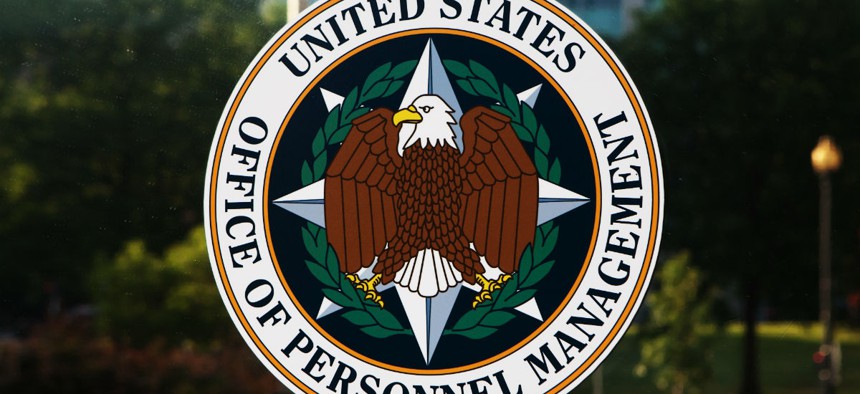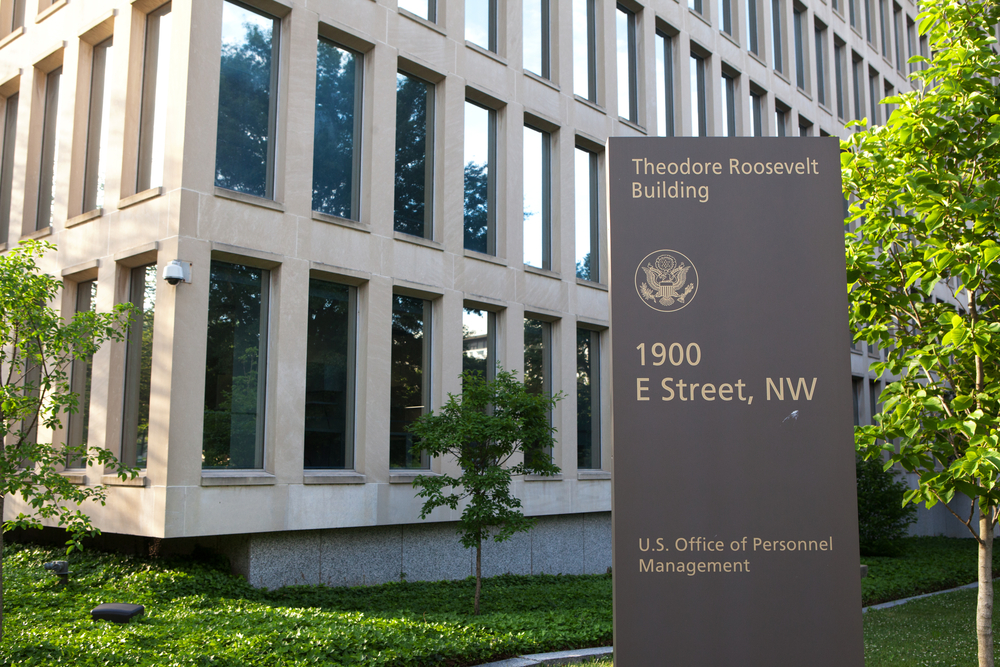
Mark Van Scyoc/Shutterstock.com
OPM to Agencies: We're Here to Help
The government's HR office is trying to be more proactive in helping agencies create the most effective workforce.
To Steve Shih, the challenges facing the federal government are only growing.
They are becoming “exponentially more complex,” the deputy associate director of the Office of Personnel Management told Government Executive, and “global in nature.” On top of that, Shih said, they are occurring at an unprecedented rate due to new technology.
So how can historically Luddite, notoriously bureaucratic federal agencies adapt to the rapidly evolving obstacles interfering with or essential to their missions? Perhaps not surprisingly, the man in charge of the government’s executive resources and employee development said the answer lies in maintaining an engaged and valued workforce.
To some extent, the task of making that happen falls to OPM. The human resources agency is working to become more proactive, agile and nimble in providing solutions to the rest of government. Its leadership wants to provide frameworks applicable to the entire federal enterprise, while maintaining enough flexibility so they meet the needs of each individual agency and component.
OPM can only carry the torch so far, however. Ultimately, Shih said, keeping employees happy so they provide the best return for taxpayers falls on each agency. OPM wants to show agencies the right path, but only agencies themselves can march down it.
One area OPM especially wants to tackle is the performance appraisal system. It's here where the agency is attempting to implement a strategy of governmentwide standards that can be tailored to unique agency needs.

RELATED: How OPM Can Save the Federal Workforce
“One of the key factors we need to consider,” Shih said, “is to what extent is there the ability to design a system or framework at the enterprise level, which is more centralized, [while] ensuring we leave flexibility and discretion for agencies to determine how to customize those frameworks for the actual operational needs on the ground on a day-to-day basis.”
More than 90 percent of federal agencies have seen the fruits of that effort, adopting a system designed by OPM for the Senior Executive Service. OPM worked with agencies at the ground level to create the evaluation system, which Shih said can still be modified as needed. His agency still, by statute, holds oversight authority to ensure compliance with OPM’s framework, but it is the “perfect example of the direction we’re taking” to move away from a one-size-fits-all approach to management.
And federal employees should only expect that effort to ramp up for the rest of the workforce. Shih acknowledged many private sector companies -- such as Accenture, Deloitte and Microsoft -- have moved away from the types of performance reviews found in the federal sector, but, he said, constant feedback between employee and supervisor is a key driver of a satisfied, engaged workforce.
Performance reviews will continue to be an important tool, he said, as long as they are not rote, superficial and compliance based.
OPM has worked to use data -- including targeted Federal Employee Viewpoint Survey results and the newly launched UnlockTalent website -- review systems and the share best practices to provide assistance to agencies that need it. And the agency is legally bound to help any agency that comes to it asking for support with its personnel issues.
But, Shih warned, “agencies have a big piece of this.”
OPM has no plans to tell agencies they are on their own to improve the functioning of their workforces, and it is still looking for ways to give them the individual tools they need to address new challenges. But ultimately, Shih said, the responsibility falls to each agency’s managers to put those tools to use.
“They are the ones that have the authority and responsibility for designing their systems and managing their personnel,” he said. "They are in the best position to support and ensure good performance management.”
(Image via Mark Van Scyoc/Shutterstock.com)
NEXT STORY: An Oral History of the Katrina Response







